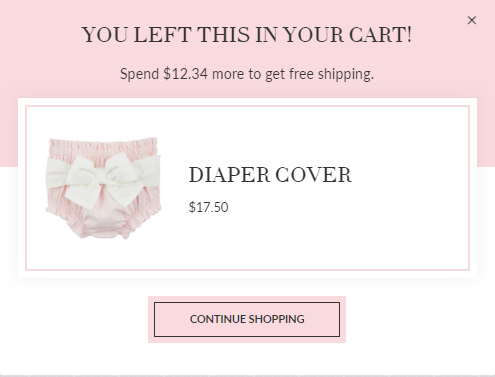The psychology behind effective overlay design

Effective overlay design goes beyond aesthetics; it taps into the core principles of human psychology to capture attention, engage users, and drive desired actions. Understanding these psychological triggers can significantly enhance the impact of your website overlays.
Visual hierarchy: The human brain processes visual information in a specific order. Effective overlays use size, colour, and positioning to guide the user’s eye to the most critical elements first. Large, bold headlines grab attention, while strategically placed call-to-action buttons direct user flow.
Colour psychology: Colours evoke emotions and associations. For example, red can create urgency, blue instils trust, and green often signifies growth or financial themes. Choosing colours that align with your message and brand can subconsciously influence user perception and behaviour.
Scarcity and urgency: People are motivated by the fear of missing out (FOMO). Overlays that highlight limited-time offers or dwindling stock tap into this psychology, encouraging quick decision-making and action.
Social proof: Humans are inherently social creatures who look to others for guidance. Incorporating elements like user reviews, testimonials, or usage statistics in overlays can boost credibility and encourage action through social validation.

Reciprocity: When users receive something of value (like free content or a discount), they feel compelled to reciprocate. Overlays offering genuine value before asking for something in return can be highly effective.
Choice architecture: Too many options can lead to decision paralysis. Effective overlays present clear, limited choices to guide users towards a desired action without overwhelming them.
Pattern-interrupts: The human brain is wired to notice changes in its environment. Overlays that appear at unexpected moments (such as when a shopper is showing exit-intent) capitalise on this, grabbing attention when users might otherwise disengage.

Cognitive load: Simple, clean designs reduce cognitive load, making it easier for users to process information and take action. Effective overlays avoid clutter and present information in easily digestible chunks.
Personalisation: People respond positively to personalised experiences. Overlays that use visitor data to tailor content or offers can significantly increase engagement and conversion rates. Dynamic baskets overlays are great for reminding users to complete the purchase – especially when combined with personalised incentives.

By leveraging these psychological principles in overlay design, marketers can create more compelling, user-friendly experiences that resonate with shoppers on a subconscious level, ultimately boosting engagement and conversion rates.
Whether your goal is to increase sales, boost AOVs, acquire new customers, manage inventory, or all of the above, our intelligent technology and technicians (including CRO experts and designers) can help you achieve them – book a demo to or download our case studies to learn more.

Amy is intent.ly’s marketing manager, and she has 15 years’ experience working in marketing for global events and technology.
